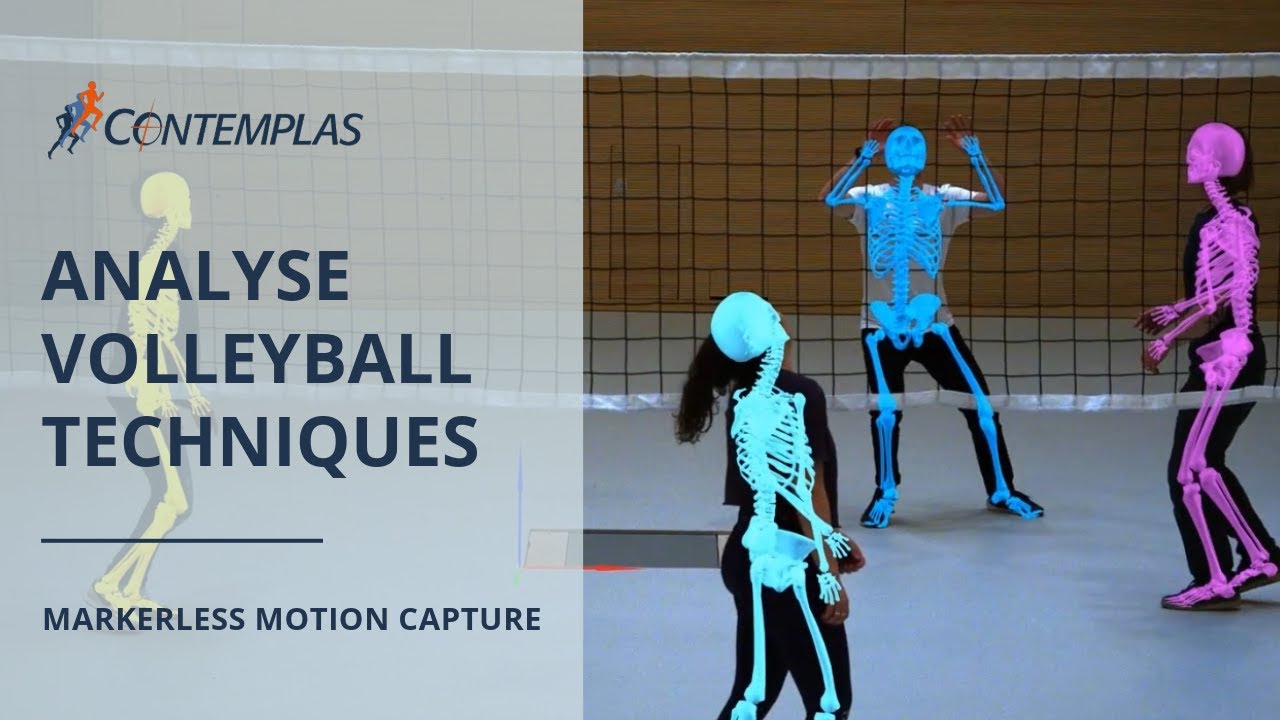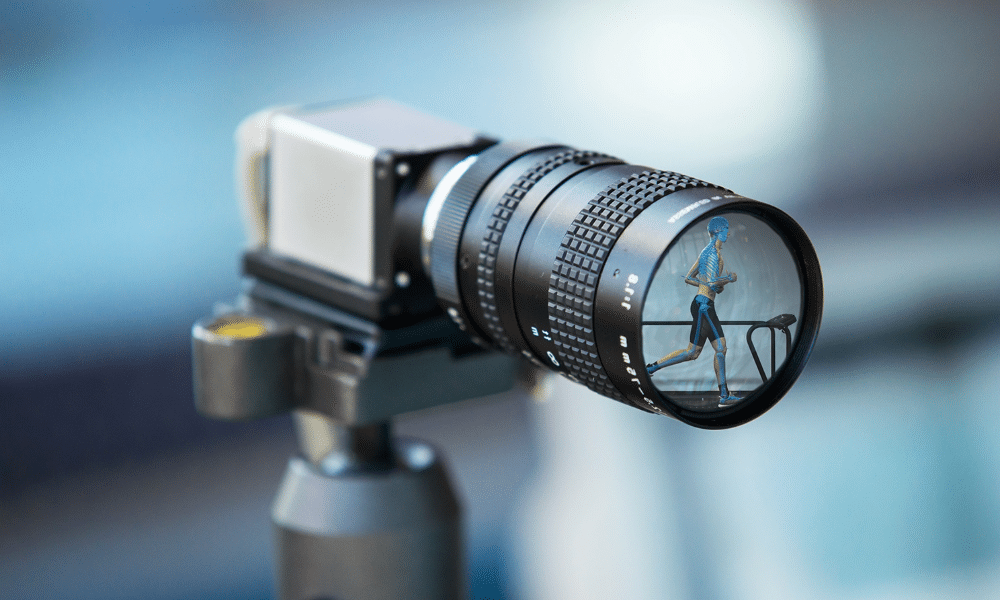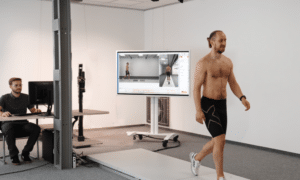CONTEMPLAS camera systems in detail
Our advanced camera technologies play a key role in efficient and precise motion analysis. Below you will find an overview of the most important functions of our camera systems:
Key Features
- Flexible and unlimited number of synchronised cameras according to the desired capture volume
- Variable system deployment with different resolutions, frame rates and interfaces according to the user’s requirements including 2048×1536 at 190 fps, 1920×1080 at 250 fps, 1280×720 at 400 fp
- Fixed and mobile installations for indoor and outdoor applications
- TEMPLO® as a single software platform and user-friendly interface to handle the entire pipeline from recording, tracking, analysing and reporting

By loading the video, you agree to YouTube's privacy policy.
Learn more
Outrageous camera technology for any capture volumes
Our camera systems can be configured in a variety of ways to suit your individual needs. This includes a flexible number of cameras that can be integrated with other external devices, as well as different camera types for different applications. USB3-based cameras are easy to set up without the need for a power supply and can record at HD resolution up to 165 fps. GigE cameras offer greater flexibility by allowing longer cables and the use of more cameras that record at higher frame rates up to 216 fps, but require a separate power supply or Power over Ethernet (POE). By selecting the right type of camera for your system, we ensure that your needs are met and that you get the most out of your new markerless system.
When considering a markerless motion capture system, it’s also important to carefully consider your use case – the motions you’ll be recording, the environment you’ll be recording in, and the required size of the volume. By using a camera system that has considerable flexibility in terms of the number of cameras and their configuration, you can adapt your system to best suit your needs.
CONTEMPLAS offers a wide range of camera types with USB3 and GigE interfaces. The camera setup can be tailored to the needs of the application by selecting the appropriate cameras in terms of resolution and frame rate. Supported camera manufacturers include Allied Vision, Basler, Baumer, FLIR and Matrix Vison. In general any camera that complies with the GigE- or USB3-Vision-Standard are viable options.

By loading the video, you agree to YouTube's privacy policy.
Learn more
Synchronised data acquisition for video and third-party devices
An often overlooked but equally important part of any camera system is the software used to control the acquisition and handling of the data.
TEMPLO® software is much more than just a video recording platform; data from all kinds of sensors including force platforms, EMG systems or pressure mapping devices can be collected and synchronized with the video footage. This software uses precision time protocol (PTP) to ensure precise synchronization of all hardware components, without any additional wiring or a sync-box. With a user-friendly design and lots of functionality, TEMPLO® offers an excellent all-in-one software solution to record, process, and report on your recorded movements.
Easy two-step-calibration
Calibrating a CONTEMPLAS video camera system is a simple two-step process. First, an intrinsic lens calibration is required to account for any variation in the video image due to the shape of the camera lens. Next, an extrinsic calibration can be performed to determine the 3D position and orientation of the cameras in the system, relative to your desired laboratory coordinate system. Both of these steps can be completed with the help of a calibration chessboard once the system is up and running.

By loading the video, you agree to YouTube's privacy policy.
Learn more
Seamless workflow for data recording and tracking
TEMPLO® software is an all-in-one platform that allows seamless recording, analysis and reporting, with predefined analysis templates and workflows. Predefined analysis templates and seamless workflows make it very easy to use: once the footage and sensor data have been recorded, the data is transferred to Theia 3D Markerless Tracking seconds later. While the markerless tracking process is running in the background, the user can already continue to analyse the recording in TEMPLO®. Once the tracking is done, the kinematic data is automatically loaded in TEMPLO® ready to be analysed and a comprehensive report can be created. For biomechanical modelling, both kinematic and kinetic data can be exported to Visual3D.




